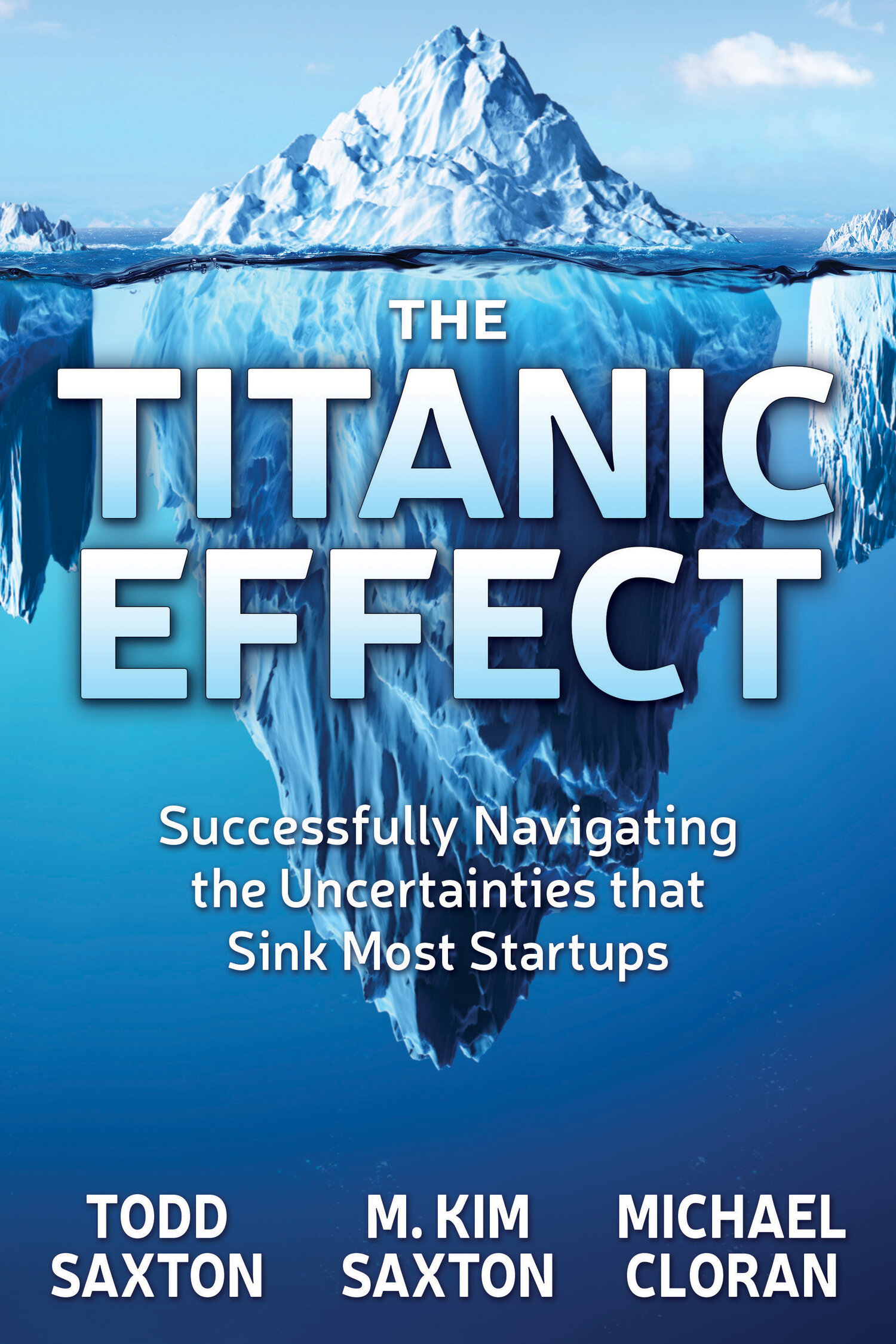Building a Good Brand Name for your Startup
After more than 30 years of working with startups and new products, it still shocks us at how difficult finding a good brand name is. Just last week, we were talking with a founder who shared her startup’s name and then asked what we associated with that name. I can assure you our immediate associations were quite different from what the startup does. Her response, “Yes, we hear that all of the time. So, here’s our tagline – We’re not an X. Instead, we’re an Y.” So we thought it was time for Brand Naming 101.








